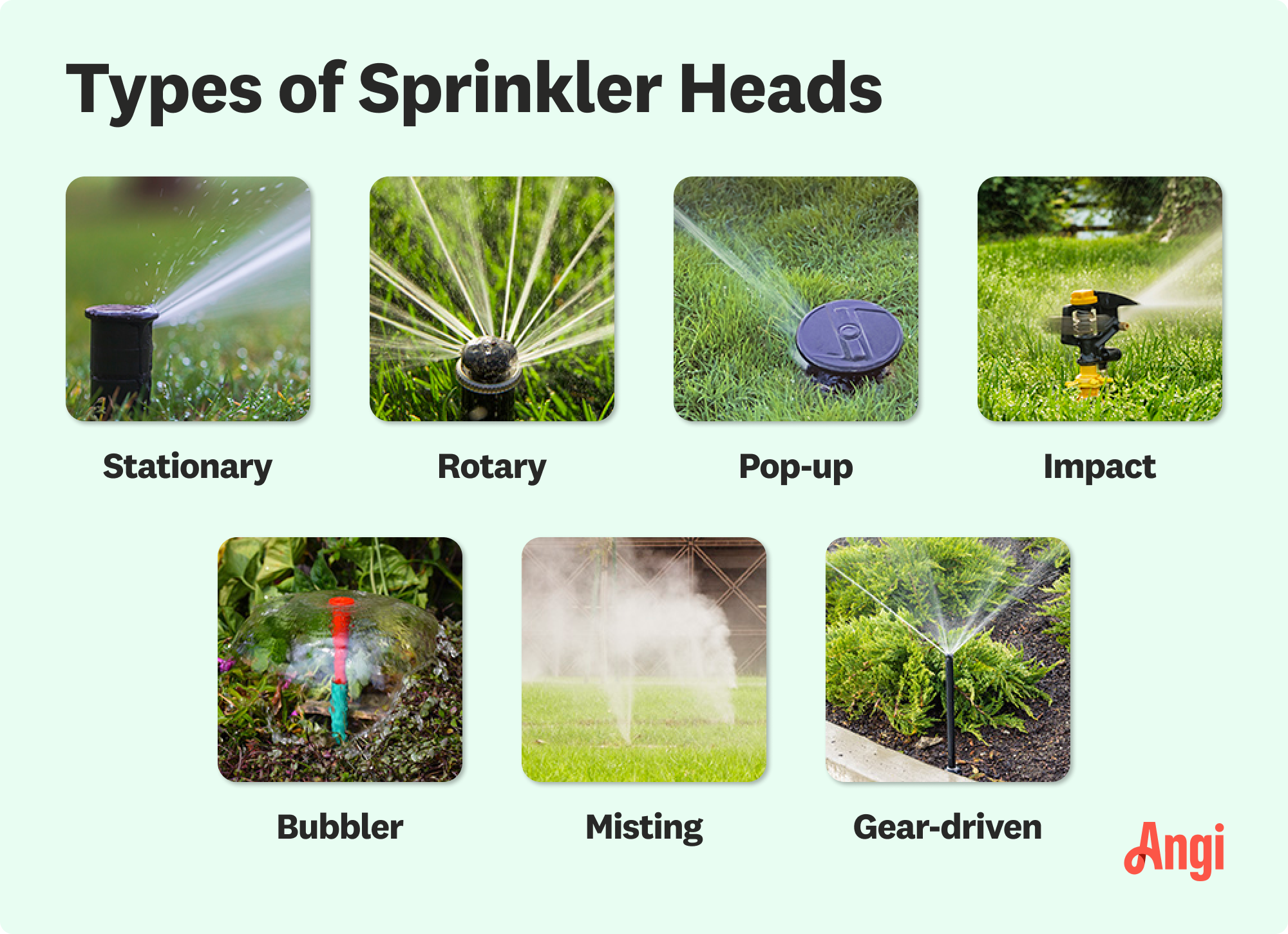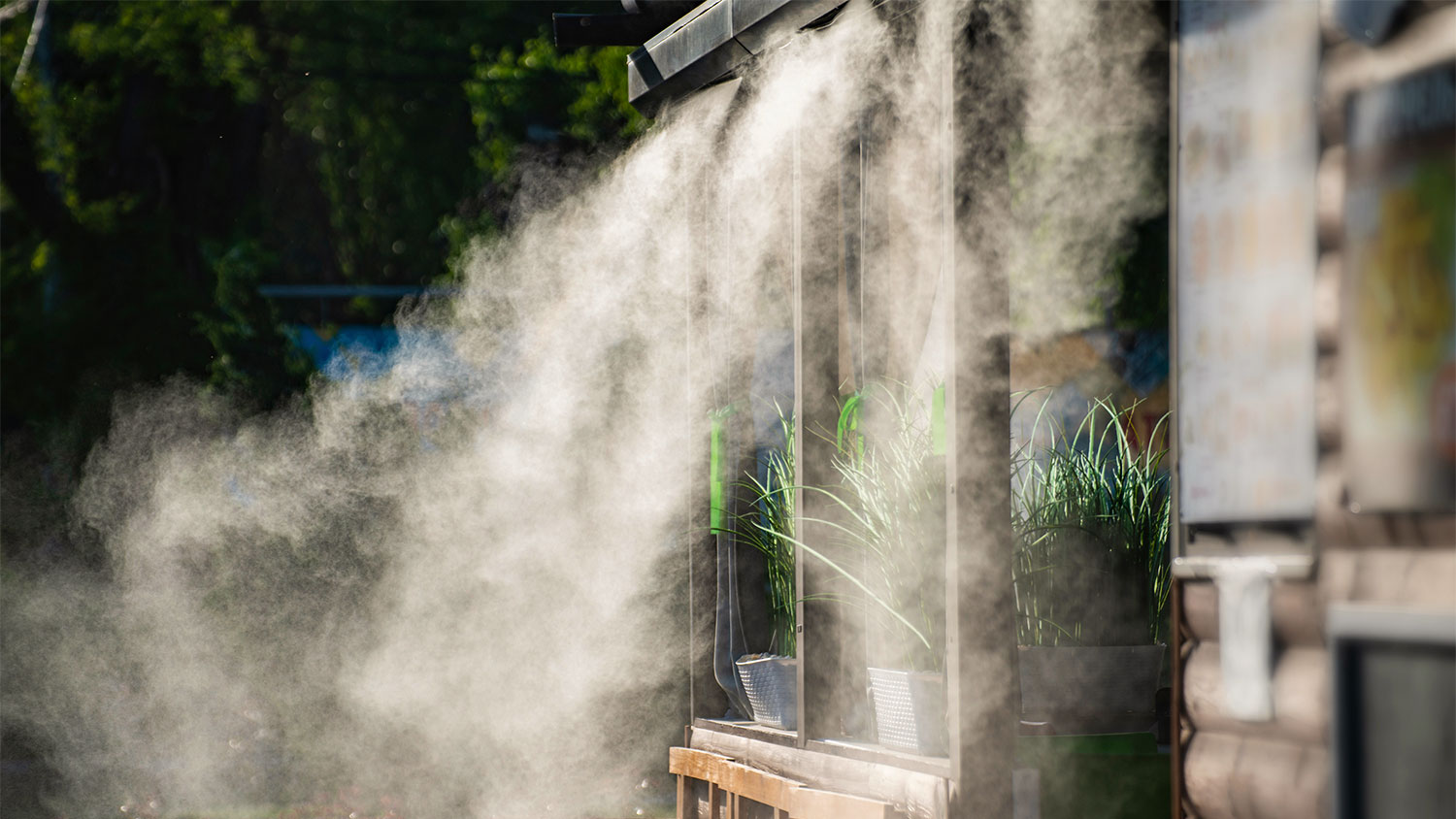
Discover the cost to winterize a sprinkler system, including average prices, key cost factors, and tips to save. Learn what impacts your estimate and how to budget.
Water it down to what you need


If you have a complex yard, call a pro for help.
Water pressure and flow rate dictate how many sprinklers you can support.
Divide your yard into zones to account for plant type and sunlight exposure.
Plan for five to 10 sprinklers per zone.
Work with a local irrigation company to achieve the most efficient system.
Consistent watering helps your lawn and garden stay lush and healthy. Too much or too little water can cause problems like fungi and dormant grass. Are you wondering, “How many sprinklers do I need?” We’re here to help. Whether you have a large lawn or a small garden, learn how many sprinklers you need with our sprinkler calculator.
Using your water pressure in pounds per square inch (PSI), water flow in gallons per minute (GPM), and sprinkler head type, refer to the table below to estimate how many pop-up sprinklers you need per zone.
| PSI | GPM per Head | Suggested Heads per Zone |
|---|---|---|
| 30 | 2 | 4–6 |
| 40 | 3 | 3–5 |
| 50 | 4 | 2–4 |
Using your lawn’s square footage and the radius (or range of the sprinkler), apply the following formula to determine how many sprinklers your lawn needs:
Number of Sprinklers = Total Area (sq ft) / (π × Radius²)
(π (or pi) = roughly 3.14)
A standard sprinkler head covers a diameter of 25 to 30 feet, equivalent to 400 to 800 square feet of yard area. But the exact number of sprinklers you need depends on your water pressure (PSI), sprinkler head, nozzle, and water flow rate (GPM).
Knowing the size of your lawn and the radius of your sprinkler head can help you calculate how many sprinklers you need.
Look at your property listing to see the square footage of your yard. If data is not available, measure your yard with the “Measure distance” tool in Google Maps. You can also measure your yard with a measuring wheel or measuring tape.
For square footage of a rectangle or square yard, multiply the length by the width.
For trapezoid-shaped lawns, calculate the square footage slightly differently.

Identify the four sides of the trapezoidal area. Measure the length of the two parallel sides in feet, and add them together. Measure the height of the space in feet. Put the dimensions into this formula: Square footage area = ½ (Side A + Side B) x height.
The radius of the sprinkler, also known as range, is how far the sprinkler sprays water. A typical radius for sprinklers is 8 feet, but it can range from 4 to 15 feet.

Your water pressure, flow rate, sprinkler head coverage, and type of grass all play a role in how many sprinklers you need.
Water pressure measured in pounds per square inch (PSI) determines how far and evenly the sprinkler distributes water. Most sprinkler systems work best with a water pressure between 30 and 50 PSI.
Measure your water pressure by screwing a pressure gauge to your outdoor faucet. Turn off all water in the home, including your dishwasher and washing machine. Turn on the outdoor faucet all the way and read the PSI on the gauge. Complete the reading at each outdoor faucet and write the numbers down. Use the lowest reading when setting up your sprinkler system. You can also contact your water company and ask for the PSI of your water pressure.
The flow rate or water capacity in gallons per minute (GPM) shows you how much water is available and can flow through your sprinkler system. To measure GPM, place a 5 or 10-gallon bucket under your outdoor faucet. Turn on the faucet and time how long it takes to fill the bucket with water. Knowing the flow rate helps you determine the number of sprinklers based on the water supply they use.

Different types of sprinkler heads offer different coverage and reach. Impact sprinkler heads are great for large lawns, while pop-up sprinklers provide nice, even coverage for most homeowners.
If you have an irregularly shaped lawn, consider a rotor or impact rotor where you can adjust the direction and radius. Your sprinkler manual or box should tell you the coverage capacity and performance, such as how many GPM it uses.
A larger lawn requires more zones and sprinkler heads. Dividing your lawn into zones can ensure adequate water supply to each area. Within each zone, you’ll want to strategically place your sprinkler heads to maximize coverage and ensure each spot is getting ample water.
Your grass may need different watering than your vegetable or flower garden. Rather than oversoak one area or keep another one too dry, look up the recommended watering for your lawn and plants. Flower gardens, for example, often need a more delicate spray.
Determining the right amount of sprinklers is a complex process that involves considering your water system, plant types, lawn size, and sprinkler heads. Work with a local lawn irrigation company to create a lush lawn with minimal water waste.
From average costs to expert advice, get all the answers you need to get your job done.

Discover the cost to winterize a sprinkler system, including average prices, key cost factors, and tips to save. Learn what impacts your estimate and how to budget.

A French drain costs around $9,250 to install, but several factors will determine the final price you pay. Learn the cost to install French drains in this guide.

Discover yard drainage cost estimates, including average prices, key cost factors, and tips to help you budget for your yard drainage project.

Get expert insights on outdoor misting system repair costs, including average prices, key cost factors, and tips to save money on your next repair.

How do smart sprinklers work? Like all smart technology, smart irrigation systems use the power of the internet and real-time data to adjust your watering schedule. Learn more.

A lawn sprinkler can make light work of watering your yard. Find out how much a sprinkler system installation costs based on lawn size, system type, and other factors.